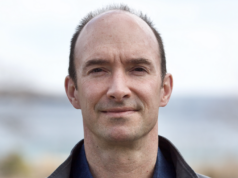NeuroPace has announced the launch of its Next Gen RNS System for the treatment of refractory epilepsy. The RNS System is a type of brain-computer interface that treats seizures by continuously monitoring brain waves, recognising each patient’s unique “seizure onset fingerprint,” and automatically responding with imperceptible electrical pulses before seizures occur.
The Next Gen RNS System is a major advance over the existing system. The battery life of the RNS Neurostimulator has more than doubled from 3.9 to 8.4 years at medium stimulation settings, which will allow patients to live their lives with fewer interruptions. The amount of available memory has also doubled, which will allow physicians to review a wider set of brain activity data.
The first new implantation of the Next Gen RNS System took place in New York City, USA, in a procedure performed by neurosurgeon Werner Doyle. “We are delighted to have a patient at NYU Langone Health be the first to receive the new device, which provides a therapeutic option for prolonged seizure control in patients with epilepsy who do not respond to medications,” says Orrin Devinsky, director of NYU Langone’s Comprehensive Epilepsy Centre. “Our goal as epilepsy providers is to utilise the latest technologies to explore every treatment avenue to positively impact the lives of patients with this devastating disease going forward.”
“In addition to compelling therapeutic benefits, the RNS System allows clinicians—for the first time—to view their patient’s brain activity over months and years,” notes Martha Morrell, chief medical officer at NeuroPace. “With nearly 3 million stored electrographic recordings, we now have an unprecedented window to the brain. We are optimistic that the clinical insights gained from this large body of data will help clinicians continue to improve their patients’ outcomes and, ultimately, to transform the way we treat brain disorders.”












